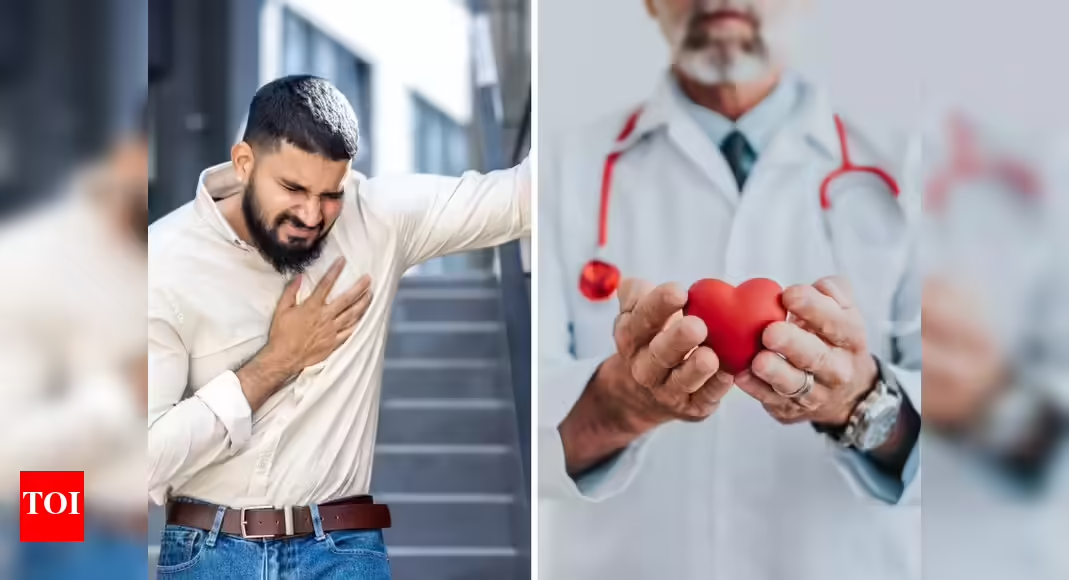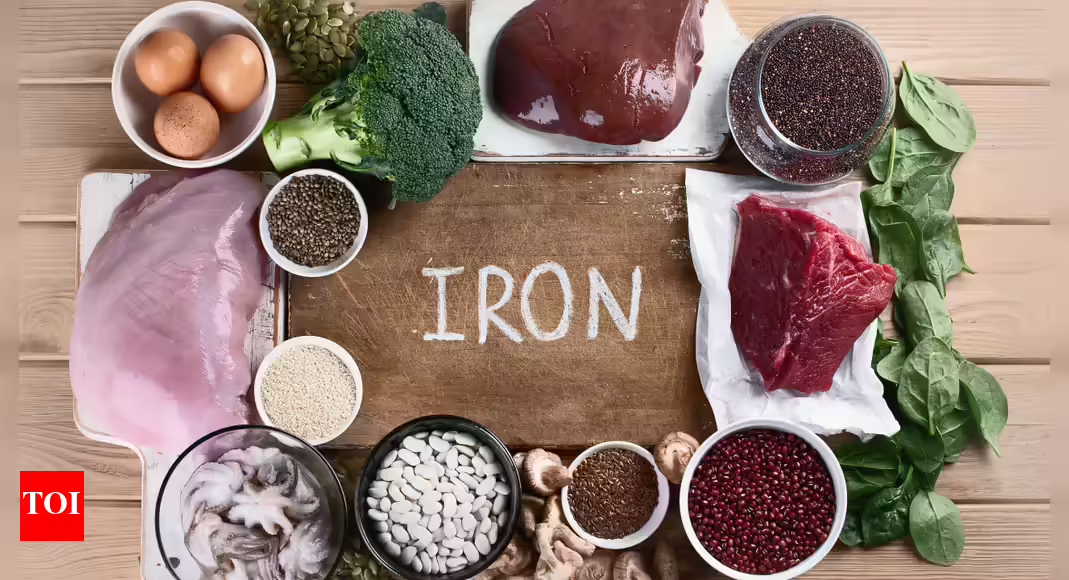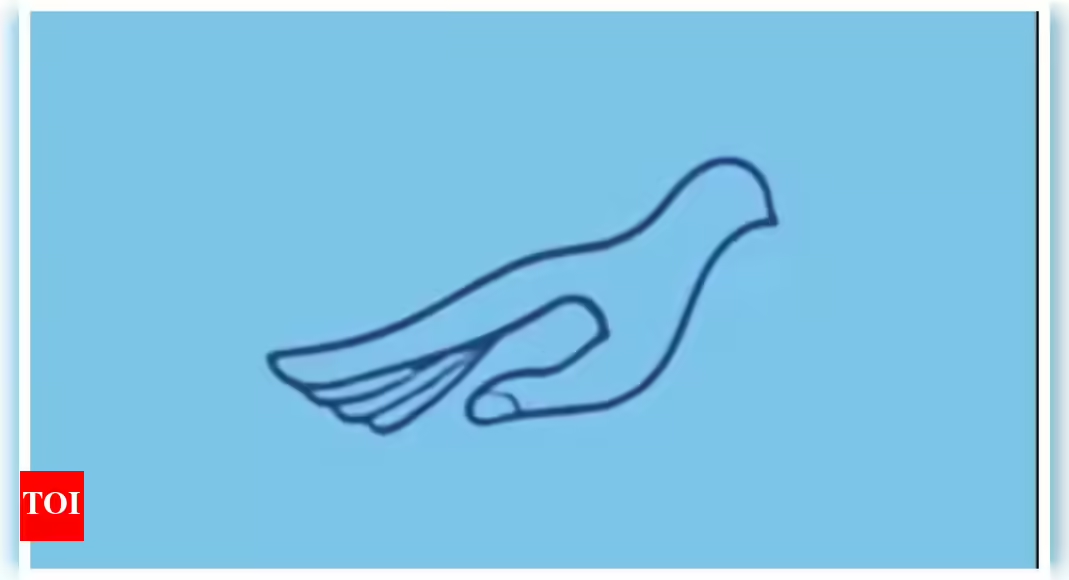Heart Attack vs. Cardiac Arrest: Know the Life-Saving Difference
Every year, cardiovascular diseases claim approximately 17.9 million lives globally, making it crucial for everyone to understand the heart’s clues. Imagine you’re out with friends, and one suddenly collapses. Panic hits, but is it a heart attack or cardiac arrest? Knowing this difference could mean securing a second chance at life for someone you love.
The Silent Crisis: Heart Attack Explained
A heart attack, or myocardial infarction, occurs when blood flow to a part of the heart is blocked, typically by plaque buildup in the arteries. Contrary to popular depictions, a heart attack often doesn’t strike with thunderous chest pains. Instead, symptoms can appear subtly over time: fatigue, mild chest tightness, or jaw discomfort may precede the crisis for hours or even days. The American Heart Association highlights the importance of recognizing these early warning signs; addressing them timely can safeguard heart tissue from severe damage.
The Sudden Shock of Cardiac Arrest
In stark contrast, cardiac arrest is akin to a power outage for the heart. It strikes abruptly, often with no forewarning. Here, the heart’s electrical rhythm spirals out of control, causing it to stop pumping blood. Within moments, the victim may lose consciousness and cease breathing. In such emergencies, immediate CPR and access to an Automated External Defibrillator (AED) are paramount; these actions can drastically increase survival odds.
Understanding Their Connection
While heart attacks and cardiac arrests are different, they are intricately linked. A heart attack can escalate to a cardiac arrest, particularly if the heart’s electrical system becomes unstable following arterial blockage. Cardiologists emphasize the need for preventive measures, like maintaining healthy cholesterol levels, managing stress, and avoiding smoking. These steps benefit not only arterial health but also the heart’s ability to maintain a steady rhythm.
The Impact of Awareness
It’s easy to dismiss heart health as an abstract concern until it suddenly becomes personal. Every circle of friends, family, or colleagues has someone who may face a cardiac event. By fostering knowledge—understanding signs and appropriate responses—we not only become informed but empowered to act decisively when urgency arises. Knowledge, framed by empathy, transforms us from bystanders to potential lifesavers.
In this age of information, let’s equip ourselves with the awareness that could make the difference between tragedy and hope. Heart health isn’t just a medical issue; it’s about caring deeply enough to be ready when the moment counts.




